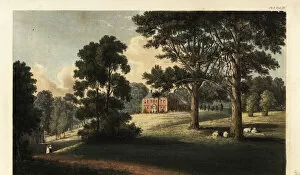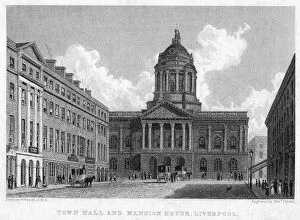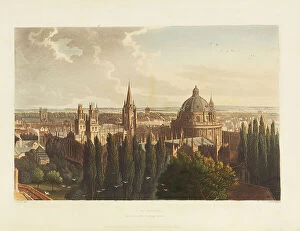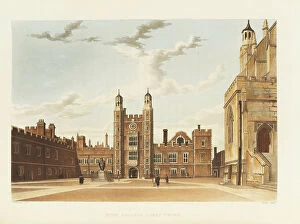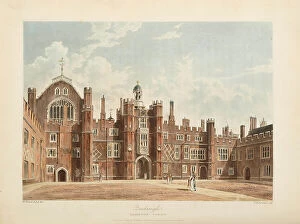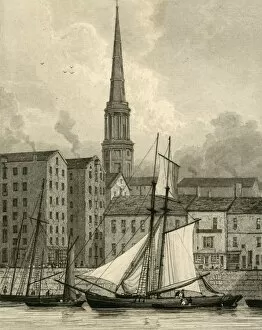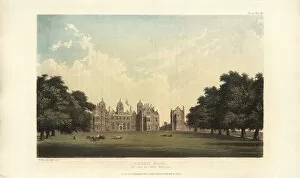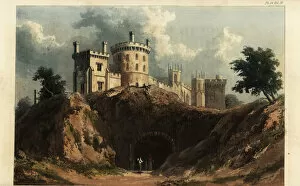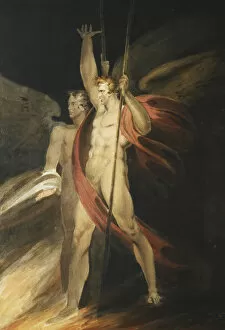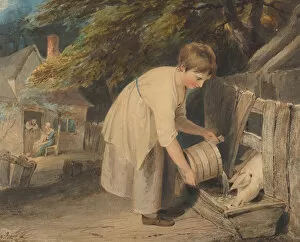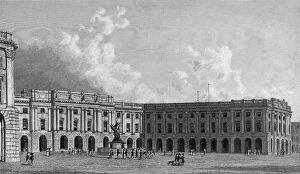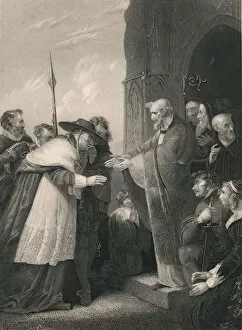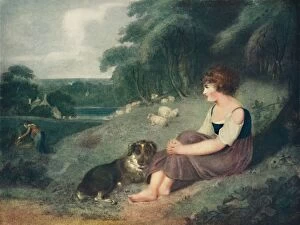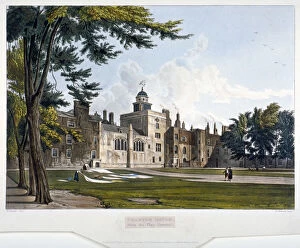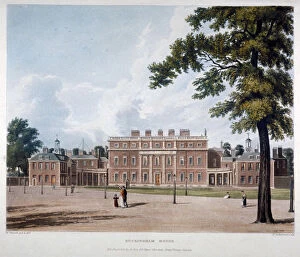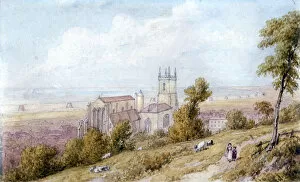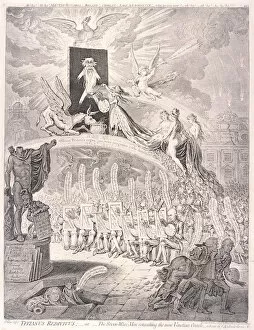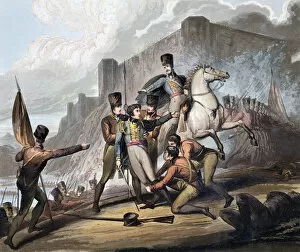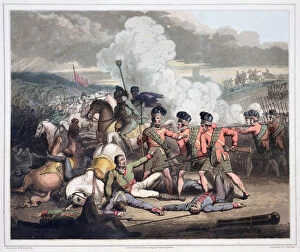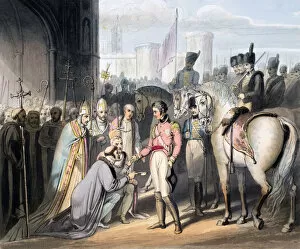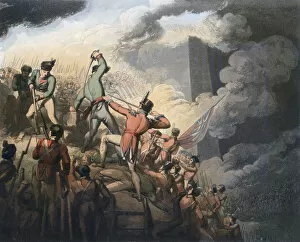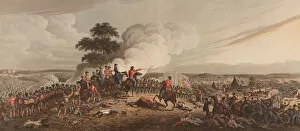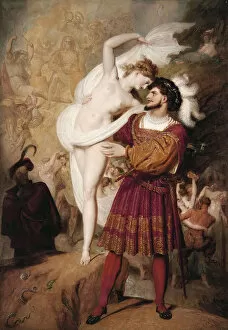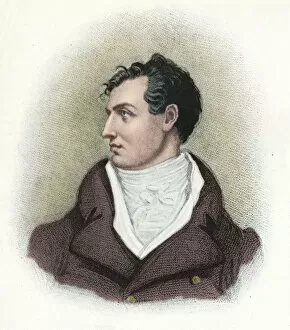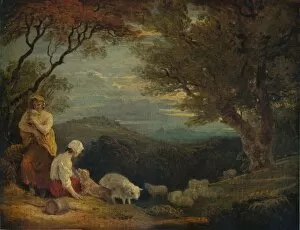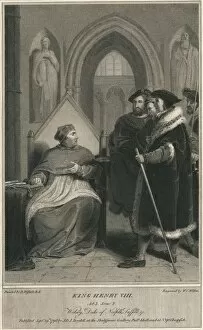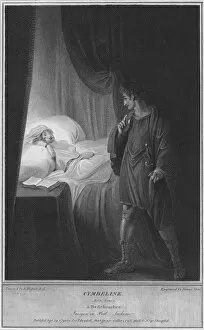Westall Collection
"Exploring the Rich History of Westall: From Pynes House to Moor Park" Step back in time and immerse yourself in the captivating world of Westall
For sale as Licensed Images
Choose your image, Select your licence and Download the media
"Exploring the Rich History of Westall: From Pynes House to Moor Park" Step back in time and immerse yourself in the captivating world of Westall, a name that resonates with historical significance. Let us take you on a journey through some remarkable landmarks and artworks associated with this illustrious name. Starting at Pynes House in Exeter, Devon, we find ourselves transported to 1825. This grand estate stands as a testament to architectural brilliance, showcasing the elegance and charm of its era. Moving northwards to Liverpool, we encounter the Town Hall and Mansion House from the 19th century. The artistic prowess of William Westall captures these magnificent structures in all their glory, preserving their beauty for generations to come. Delving deeper into English family life circa 1810, Richard Westall's steel engraving depicts a heartwarming scene by the fireside. It serves as a poignant reminder of cherished moments shared among loved ones during simpler times. A glimpse into Liverpool's past reveals St. Georges Church rising majestically from its docks around 1830. Edward Francis Finden masterfully immortalizes this architectural gem against an ever-changing backdrop of maritime activity. Venturing further across England brings us face-to-face with Aston Hall, an exquisite Jacobean house nestled in Birmingham's embrace since 1826. Its enchanting allure transports visitors back centuries while leaving them awe-inspired by its timeless beauty. Enmore Castle emerges next on our journey—a Somerset stronghold belonging to none other than the esteemed Earl of Egmont himself in 1825. This engraved depiction showcases both power and grace intertwined within its formidable walls. The historical narrative continues with Henry III engaging Archbishop Canterbury and Bishops Salisbury—an iconic moment captured forever through artistry that allows us insight into pivotal conversations shaping England's destiny. As we explore further architectural marvels associated with Westall's legacy, we discover an elevation plan for a hunting lodge and a verandah, showcasing the intricate craftsmanship that adorned these structures.

